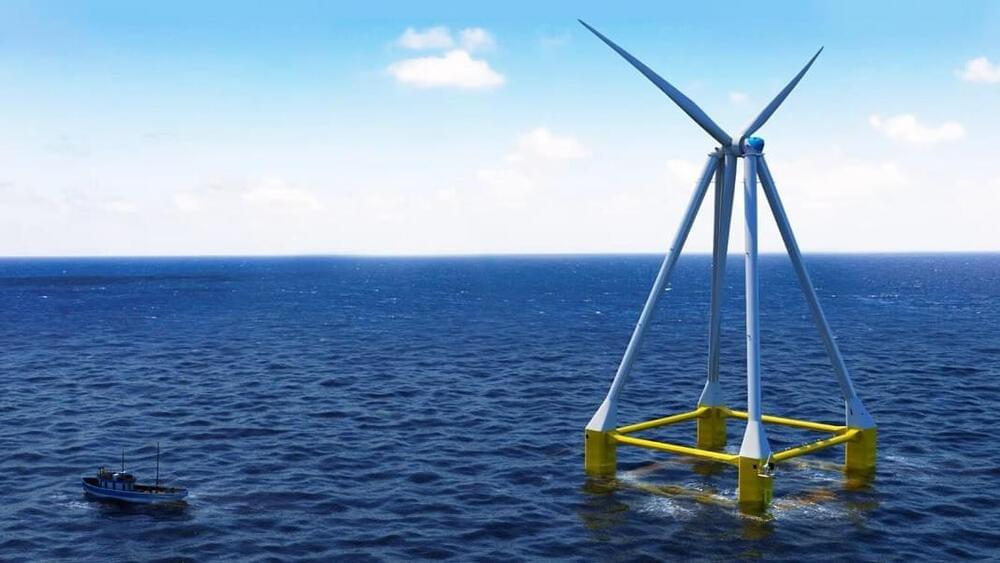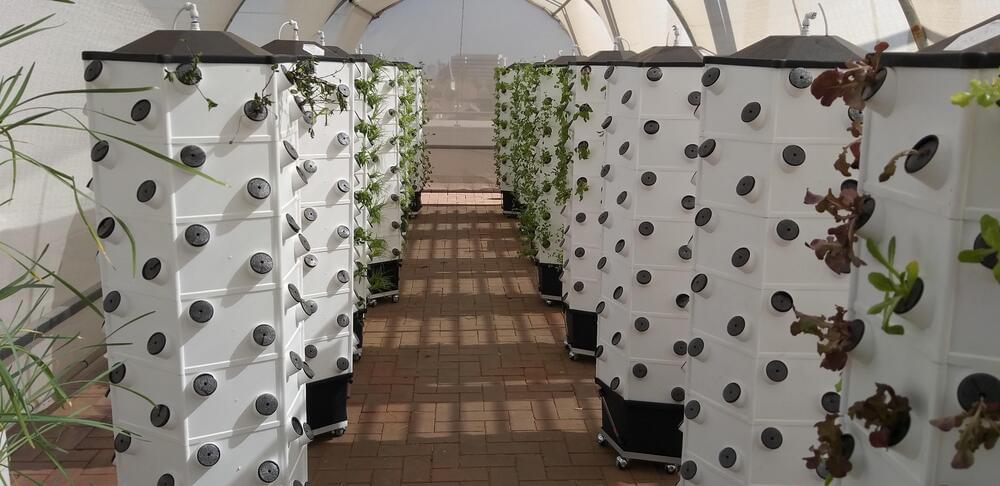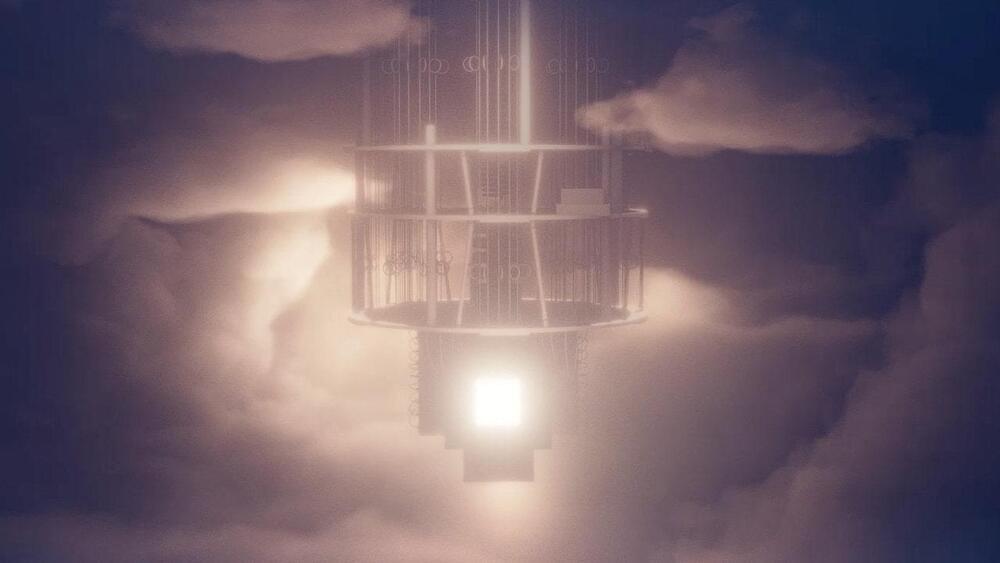The Kardashev Scale has become a standardized way of classifying (hypothetical) advanced civilizations. The lowest rank, Type 1, is still way ahead of us — but by how much? When will we achieve Type 1 status and exactly how could we plausibly do so? In this video, we go through some estimates of when humanity might become Type 1, and in particular what kind of energy sources we could harness to achieve this feat.
You can now support our research program and the Cool Worlds Lab at Columbia University: https://www.coolworldslab.com/support.
► Kardashev (1964), “Transmission of Information by Extraterrestrial Civilizations”, Soviet Astronomy, 8217: http://adsabs.harvard.edu/abs/1964SvA…
► Michio Kaku video clip from BigThink: https://youtu.be/7NPC47qMJVg.
► Wind map movie credit to Rufinoman and earth.nullschool.net: https://youtu.be/cj2JHsQUoRs.
► Wind energy calculation based off Smil (2004), “Inherent limits of renewable energies“
► References for the 3.7TW figure for tidal energy dissipation are: Cartwright 1993 (Theory of ocean tides with application to altimetry, in Satellite Altimetry in Geodesy and Oceanography, edites by R. Rummel and F. Sanso, pp. 99–141, Springer-Verlag, New York), Ray 1994 (Tidal energy dissipation: Observations from astronomy, geodesy, and oceanography, in, The Oceans, edited by S. Majumdaret al., pp. 171–185, Pa. Acad. of Sci., Easton, Pa.), Kagan & Sundermann 1996 (Kagan Dissipation of tidal energy paleotides, and evolution of the Earth-Moon system, Adv. Geophys., 38, pp. 179–266)
► Solar video comes from NASA SDO and GSFC: https://svs.gsfc.nasa.gov/12706
► Learn more about the Carno cycle here: https://en.wikipedia.org/wiki/Carnot_cycle.
► Learn more about the planetary equilibrium calculation here: https://en.wikipedia.org/wiki/Planetary_equilibrium_temperature.
► Tidal power map comes from Gunn & Stock-Williams (2012): https://www.sciencedirect.com/science/article/pii/S0960148112001310
► Outro music by Thomas Bergersen “Final Frontier”: http://www.thomasbergersen.com.
► Columbia University Department of Astronomy: http://www.astro.columbia.edu.
► Cool Worlds Lab website: http://coolworlds.astro.columbia.edu.
::Playlists For Channel::
Latest Cool Worlds Videos ► http://bit.ly/NewCoolWorlds.
Cool Worlds Research ► http://bit.ly/CoolWorldsResearch.
Guest Videos ► http://bit.ly/CoolWorldsGuests.
Q&A Videos ► http://bit.ly/CoolWorldsQA
Tabby’s Star ► http://bit.ly/TabbysStar.
Science of TV/Film ► http://bit.ly/ScienceMovies.
::Follow us::






